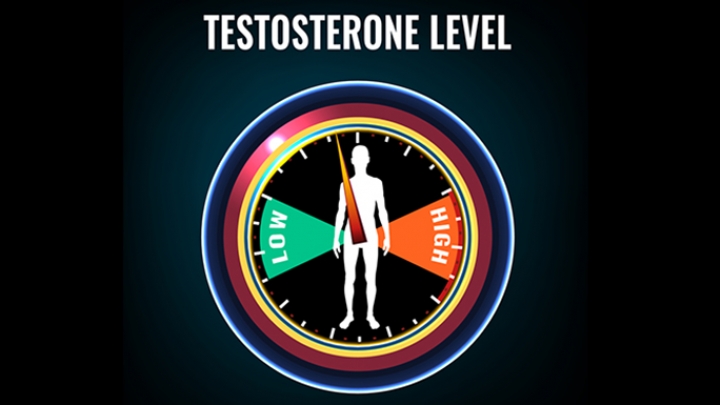(RxWiki News) Men can see decreased testosterone as early as age 30. However, low testosterone levels don't always mean you need treatment.
Hormonal imbalances can occur at any age and affect both men and women. The primary hormone in men is testosterone. As age increases, testosterone levels decline. This can lead to a condition known as andropause — more commonly called “low T.”
Symptoms of low testosterone can be subtle and can include lower muscle mass, hair loss, decreased concentration, feeling very tired and a lower sex drive. Low testosterone can even affect your mood, possibly causing irritability or depression.
A health care provider will order a test to look at your blood levels before considering prescribing testosterone. Your doctor may order and take several tests to determine whether your testosterone truly is low. If the levels are low, your doctor will consider prescribing testosterone.
Testosterone is available in several formulations, including patches, gels and injections. Note that testosterone replacement is not the same as anabolic steroids. Testosterone that is prescribed by your doctor consists of the right amount of hormones to get levels back to normal. Anabolic steroids, on the other hand, provide much more than the body needs.
Promises of energy and sex drive make such treatments appealing. But it is important to know that the treatment response can vary greatly between people.
Side effects are common with testosterone use. These can include breast and prostate enlargement and sleep apnea. Testosterone may also cause the testicles to shrink and may lower the production of sperm. In addition, testosterone may increase your risk of heart issues like heart attack and stroke.
Before starting treatment, let your doctor know about any conditions you have, such as a history of prostate cancer, enlarged prostate, sleep apnea, heart problems, diabetes and kidney, lung or liver disease.
Serious side effects have been reported with testosterone use. These include the following:
- Blood clots in the legs or lungs. Contact your health care provider if you notice pain or swelling in the legs, redness of the legs, difficulty breathing or chest pain.
- Possible increased risk of heart attack. Seek immediate medical attention if you experience symptoms of a heart attack.
- Possible increased risk of stroke. Seek immediate medical attention if you experience symptoms of a stroke.
- Possible increased risk of prostate cancer. Your health care provider will check for prostate cancer before and during treatment with testosterone.
- Edema with or without heart failure. Contact your health care provider if you notice swelling of your ankles, feet or body.
Testosterone is not a fountain of youth. The symptoms of low testosterone levels can be treated without medication. Regular exercise and keeping a healthy weight can naturally increase hormone levels. A good sleep schedule can help with mood and energy. A lower sex drive can often be due to psychological causes, which you can explore before starting treatment. Your health care provider can provide other practices to help improve well-being if your testosterone levels are borderline.
It is important to note that low testosterone is not the same as erectile dysfunction.
Testosterone is a controlled substance. This means that access to testosterone is heavily regulated. And it may be expensive.
Talk to your health care provider if you are concerned about your testosterone levels. Your doctor will take many factors into account when deciding whether to prescribe testosterone.
Written By Digital Pharmacist Staff







